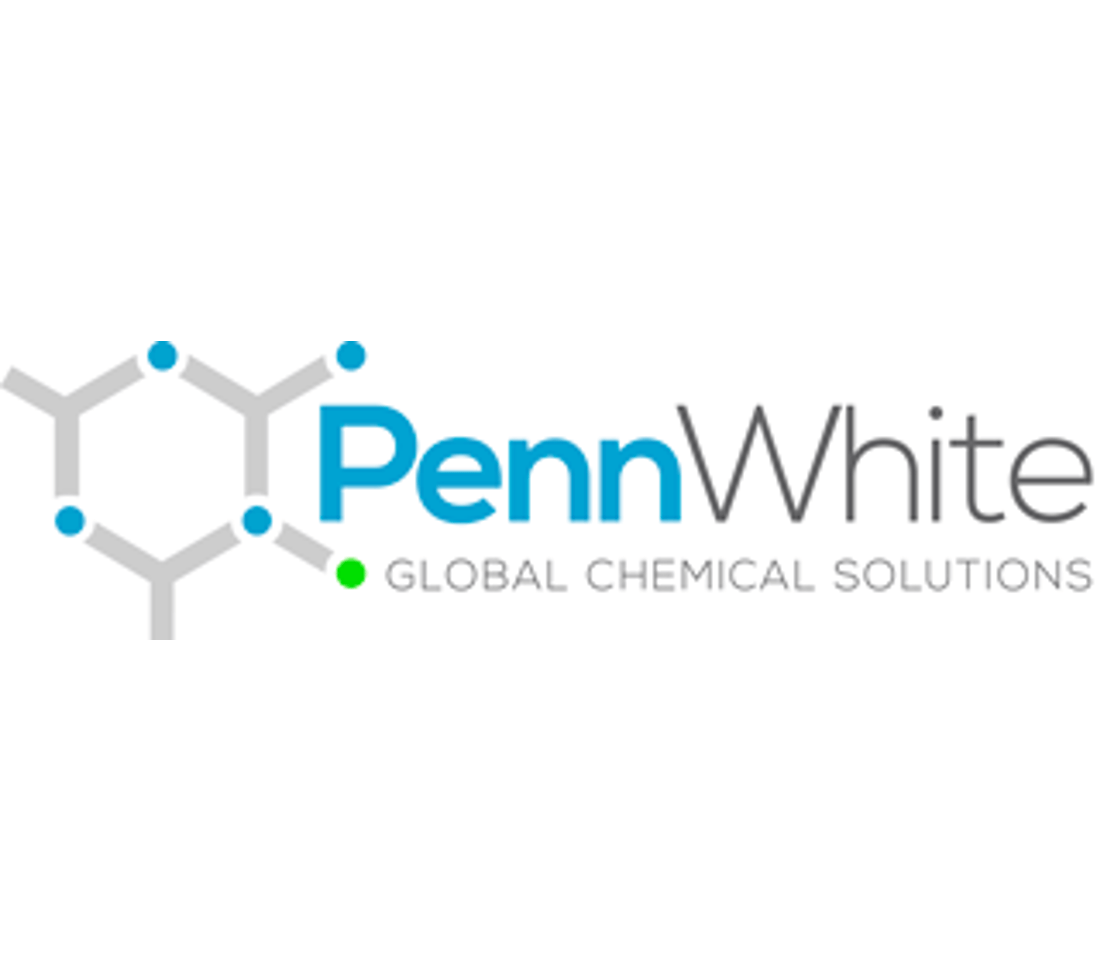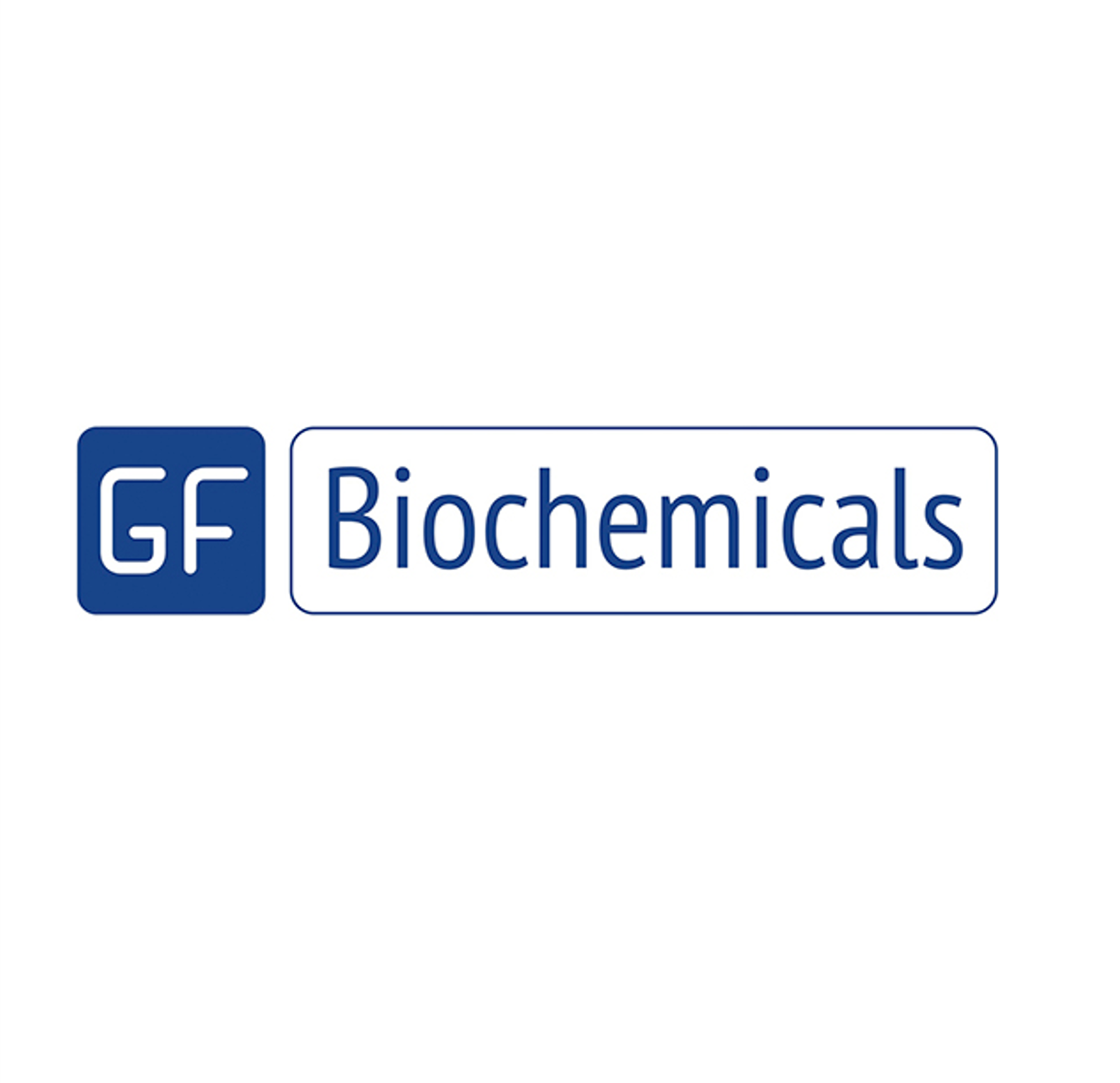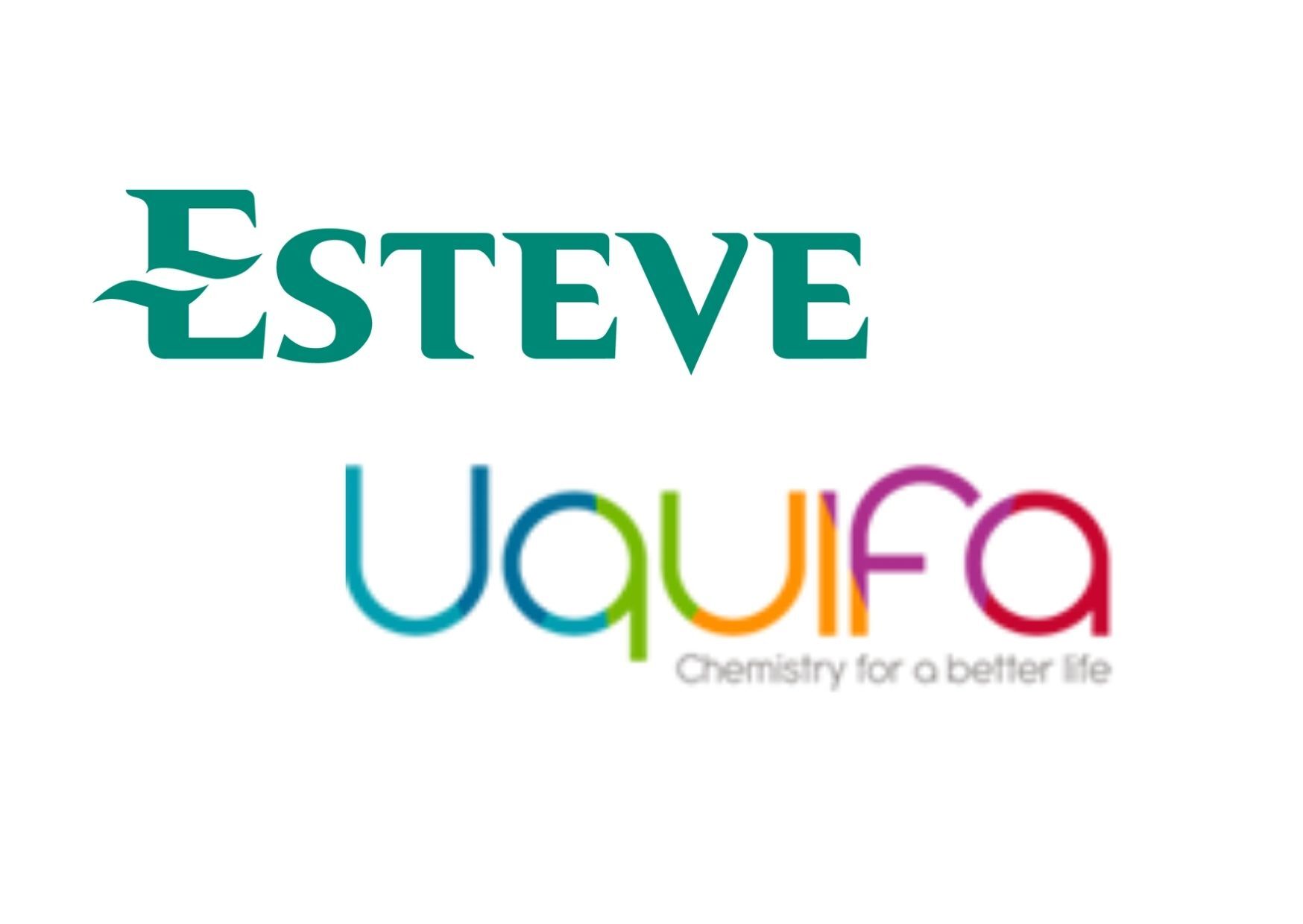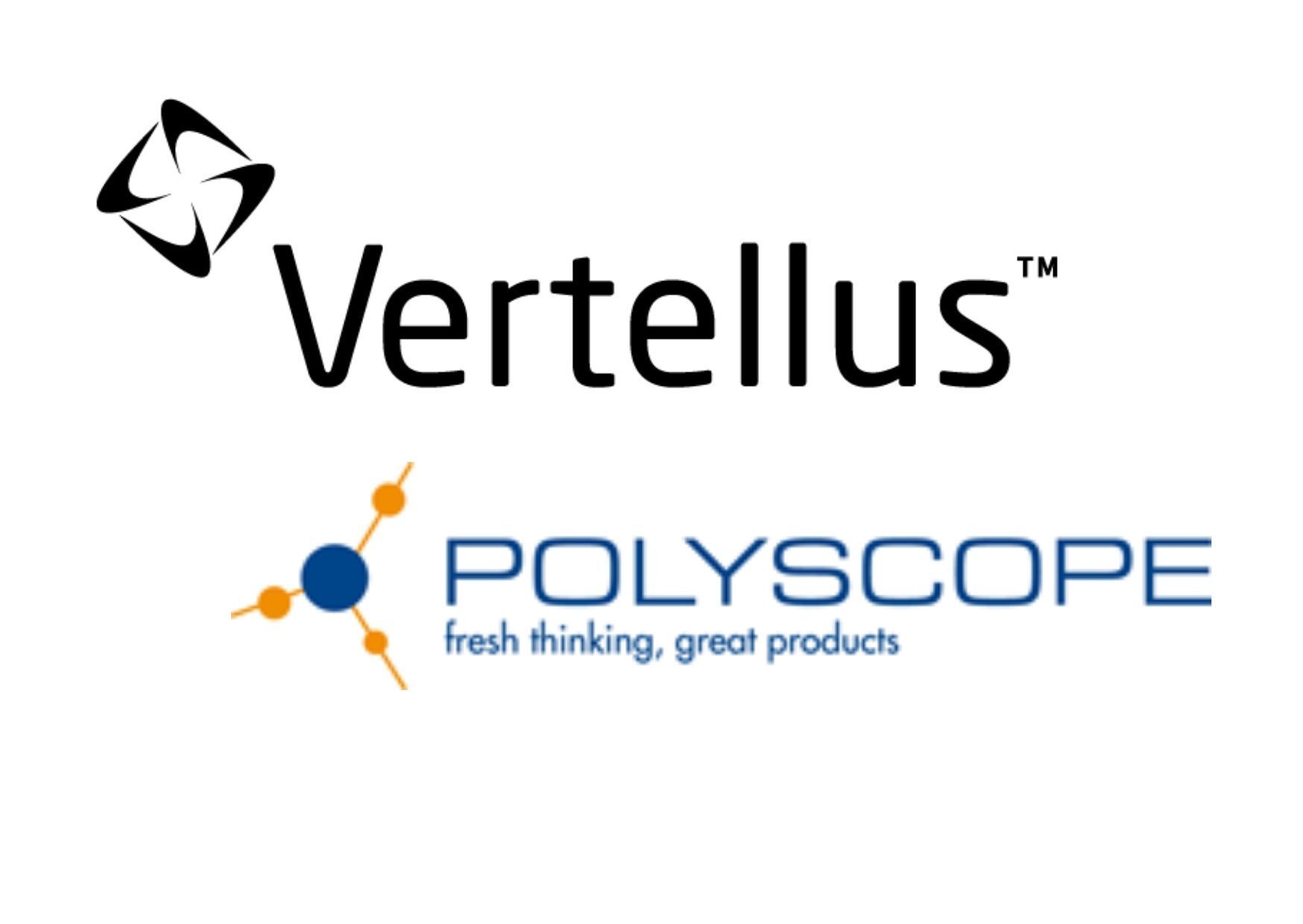Green recovery investments
Michelle Lynch • June 22, 2020
Evidence is mounting that a “green recovery” will be key to getting the economy back on track in the aftermath of the COVID-19 pandemic, focused on investment in the production of sustainable chemicals, materials, energy carriers and power systems.

There is a growing consensus that the “green recovery” will be key to getting the economy back on track in the aftermath of the COVID-19 pandemic. Researchers from Oxford University, UK recently published a study which pointed to green projects outperforming less sustainable options such as airline industry bailouts.
Subsequently in conjunction with the International Monetary Fund (IMF), the International Energy Agency published its Sustainable Recovery Plan covering the period 2021-2023.
The plan sets out three key aims: boosting economic growth, creating jobs, and building more resilient and cleaner energy systems. According to these reports, “building back better” will require investment in the production of sustainable chemicals, materials, energy carriers and power systems.
Within those categories two areas will be considered in more detail here: i) hydrogen and ii) carbon dioxide capture, utilisation and storage (CCUS). Together these are attracting billions of dollars in investment.
The territory is complex to navigate as there are many new innovative concepts for each, and a detailed understanding is required of the technologies and markets to make sound investment decisions. Some of the issues that need consideration are outlined below.
1. Hydrogen.
The majority of hydrogen is used as a feedstock to make chemicals and in the production of transportation fuels and other petroleum refinery products. More recently it has been employed for hydrogen fuel cells and this technology has moved from being a limited method of stationary source power to being a more mainstream transportation fuel in buses and trucks, mainly in China. Hydrogen fuel cells are now also in a small but growing number of passenger cars e.g. the Toyota Mirai and the company wants to make at least 1 million units by 2030. Hydrogen has been made for decades using processes known as “gasification” and “steam reforming” using coal and natural gas feedstocks.
The production of hydrogen results in carbon dioxide (CO2) emissions. Currently 99% of hydrogen is made in this way and only 1% from a green method – water electrolysis. However, there is a strong and growing desire to decarbonise hydrogen production. In May this year, a group of electricity companies and industry associations including EDP, Enel, Iberdola, MHI Vestas, Orsted and SolarPower Europe launched a campaign called “choose renewable hydrogen” pushing the European Union to make renewable hydrogen a priority in its pandemic recovery plan.
The options going forward to decarbonise hydrogen production include: use of a biobased feedstock e.g. biomass or biogas – Hazer Group in Australia is moving forward on this technology. Newer more efficient reforming methods such as autothermal reformers (ATR) and gas heated reformers (GHR) are in development, for instance at UK-based Johnson Matthey and partners. has These techniques would need to be combined with CCUS to be carbon neutral. There are also methods wihich avoid the generation of CO2 in the first place such as water electrolysis or methane pyrolysis. ITM Power, UK, Hydrogenics in Canada and a few others have water electrolysis technologies. Conversion of methane via a route which yields CO2-free hydrogen is seen as a “holy-grail” chemistry and many companies and research groups are working on such methods. Methane pyrolysis, for instance, takes natural gas and splits it into hydrogen gas and a useful solid carbon product such as carbon nanotubes (CNT). Gazprom in Russia is developing a methane pyrolysis method along with another route called methane adiabatic conversion (MAC). It is also working on its own water electrolysis technology. IHI Japan and CNRS France, TNO in The Netherlands and a German consortium based on BASF, Linde, and ThyssenKrupp are working on similar concepts for CO2-free methane.
In choosing a technology to invest in – one needs to be able to navigate the technology roadmap – with novel efficient reformers and bio-based feedstocks likely making an impact in the shorter term and a mixture of reforming with CCUS, water electrolysis in the medium-term and methane splitting and adiabatic conversion in the longer term.
There is the possibility that one of these earlier stage technologies could make a significant breakthrough and leapfrog other concepts.
Having a portfolio of investments across the different technology types may be a wise choice.
2. CCUS.
A key method in development for decarbonising chemicals production is to collect the point source CO2 emissions and either use them as a feedstock in place of virgin fossil fuels or to bury them in huge underground caverns on land or at sea. The benefit of the utilisation “U” part of the CCUS equation is that it allows the capture process to be monetised. For this reason, much of the CO2 currently captured is used in enhanced oil recovery (EOR), but there are many other options too. There are already technologies for making building materials such as cement, concrete and aggregates by turning CO2 back into solid carbonates – e.g. Carbon8 in the UK, Solidia, USA. In addition, it can be turned into a range of plastics – Econic Technologies, UK has a process for making CO2 into a feedstock for polyurethanes for instance and Newlight Technologies, USA ferments CO2 to make biodegradable polymers.
Fuels are a key area of interest for CCUS – with many companies including Carbon Recycling International in Iceland (CRI) having a process to make CO2 into methanol for fuel. Breathe Industries in India also has such a process. Methane is another key target for CCUS and utilises “Power-To-Gas” technology by combining waste CO2 with electrolyser hydrogen in a process called “methanation”. Sunfire GmbH in Germany making significant headway with its version of this process. Specialty chemicals are another possibility. US-based Lanzatech takes off-gases from industrial plants such as steel factories and breweries and ferments them to make specialty alcohols as well as aviation fuels using its CarbonSmart™ platform. A start-up in Iceland - Gefn-ehf uses a set of reactors that look much like rubik’s cubes to pipe in a range of waste products from the oil and fat industry along with waste CO2 to make renewable chemicals such as glycerol carbonate for industrial solvents, household and personal care products.
A key new technology for CCUS aims to remove CO2 from the air to bring the level back down to safe levels below 350 ppm. Climeworks in Switzerland, Carbon Engineering in Canada and Global Thermostat in the USA all have “direct air capture” (DAC) processes. DAC is currently much more expensive than CCUS and many researchers are looking to improve the DAC sorbent, which sits at the heart of the process. ExxonMobil is partnering with US-based materials manufacturer Mosaic Materials to come up with a metal organic framework (MOF) sorbent to improve the DAC process. Monetising DAC via CCUS is an important strategy and partnerships are being formed e.g. between Climeworks and Sunfire to make renewable methane.
The CCUS sector is an ideal territory for investors and likely to become even more so over the next decade. Success of CCUS is based around partnerships along the supply chain from the emitter to the end-use application manufacturer. Investors can be guided in part by the presence of oil and gas majors, and large industrial majors within a start-up’s consortium, although it may be worth investing earlier for the most promising technologies.
Dr Michelle Lynch offers consulting projects exclusively aimed at reducing the ecological footprint of chemicals, fuels, energy and power systems across their full lifecycles.
She offers support to start-ups, SME’s, investors, multinational companies, government funding arms, and universities. Michelle runs her business out of London, UK and is passionate about helping technology developers to realise the goal of NetZero via high impact sustainable technology solutions.
CCD Partners is a consultancy specialised in corporate transformations in small and mid-market chemicals and life sciences businesses.
To organise a call with one of our partners please email contact@ccdpartners.com
Receive M&A news relevant to your business
At critical moments our clients engage us to provide pre-publicity "off-market" intelligence to give them the edge over the competition - we also provide up-to-the-minute public or "on-market" intelligence for free
Contact Us
RECENT POSTS

In the latest episode of the Chemical Transformations podcast , CCD Partners' Managing Partner Matt Dixon speaks with Ted Clark, former President and CEO of Royal Adhesives & Sealants, discussing his new book "Shipping Clerk to CEO: The Power of Curiosity, Will, and Self Directed Learning”. The book tells the story of Clark’s remarkable career journey from entry-level worker to CEO of a $240m chemical company by the age of 42.
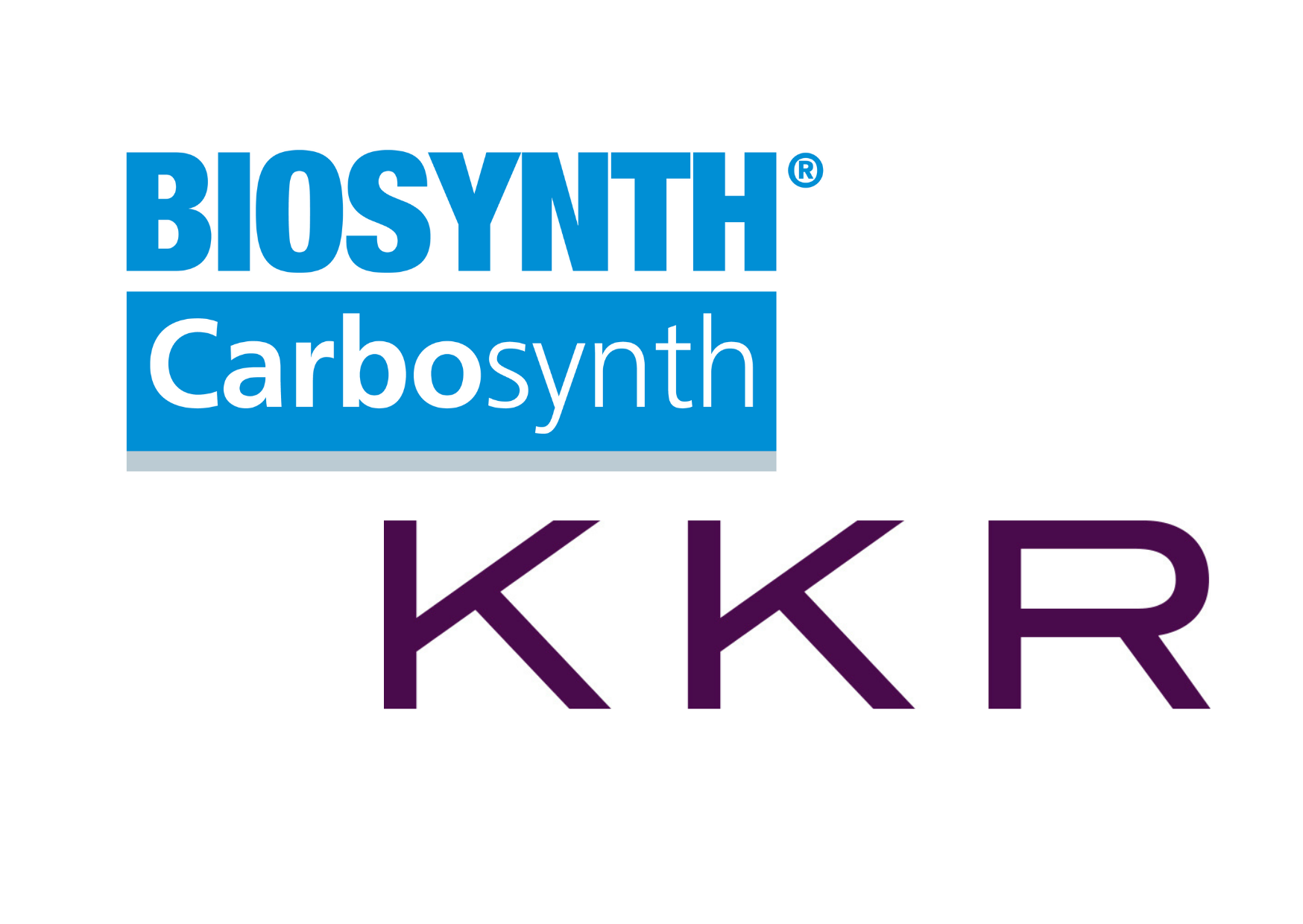
Biosynth Carbosynth is a fully hybrid Research Products, Life Sciences Reagents and Custom Synthesis and Manufacturing Services Company with global research, manufacturing and distribution facilities. They are the supplier of choice for many in the pharmaceutical, life science, food, agrochemical, cosmetic and diagnostic sectors and manufacture and source a vast range of chemical and biochemical products.

Steve Allin co-founded Charnwood Molecular with Phil Page in 1998. 22 years later, the business has evolved dramatically from its origins as a spinout of Loughborough University. Backed by a partnership with Synova Capital, the company is now preparing to move into a former AstraZeneca research facility and has already completed its first M&A deal, acquiring Aurelia Bioscience in summer 2021. CCD Partners’ Matt Dixon spoke with Steve about the journey from full-time academia to running a high-growth market leader.

